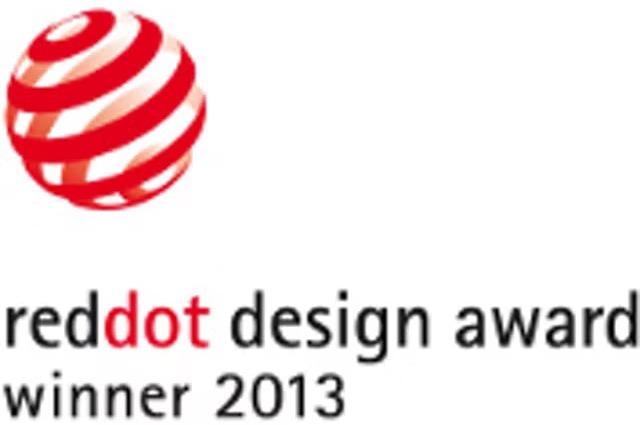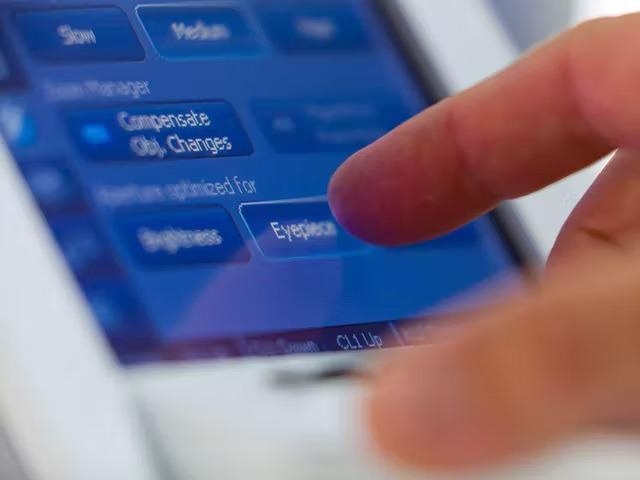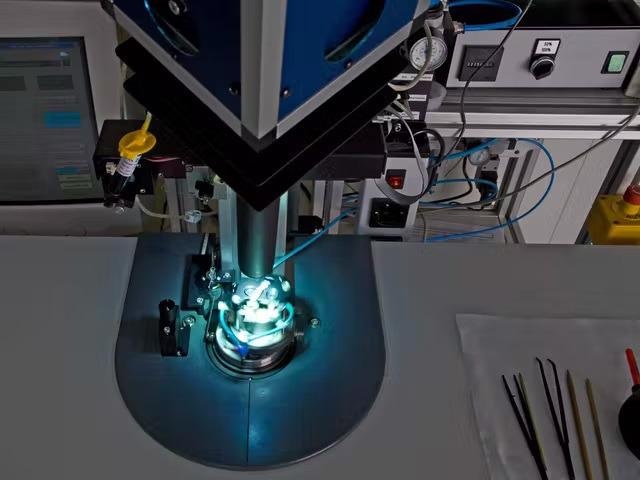Carl Zeiss Microscopy's on-axis zoom microscope, Axio Zoom V16, provides both high resolution and a zoom range measuring up to 16x. Zoom effortlessly from overview to the tiniest details, with the help of a single objective and a wide free working distance.
It is possible for users to easily and rapidly stitch huge tile-images at low-to-medium magnification together with splendid double resolution.
Highlights
Zoom Between Large Object Fields in Minute Detail
The Axio Zoom.V16 helps combine its 16x zoom with a large working distance and a high numerical aperture: even at low and medium magnifications users can obtain resolutions up to twice as high. Users do not need to waste time stitching tile-images as they can image full components with the help of just a few shots.

Image Credit: Carl Zeiss Microscopy GmbH
Optimized Zoom for Users’ Applications
The eZoom of Axio Zoom.V16 works with a motorized iris diaphragm paired with the zoom. Users can just choose the best mode for their purpose:
- Eyepiece mode: This is suitable if users deal predominantly with ocular observation using traditional illumination. Users can zoom from big object fields with the highest depth of field to high magnifications with the highest resolution.
- Camera mode: Axio Zoom.V16 adjusts to the performance of users’ cameras. Users obtain a perfect relation between resolution and depth of field throughout the entire zoom range.
- Brightness mode: Observe fluorescence images over the entire zoom range with the greatest possible brightness.

Image Credit: Carl Zeiss Microscopy GmbH
EpiRel Produces a Relief-like image contrast
Users can moderately incline the illumination with the help of EpiRel slider in the Epi-Illuminator Z of the users’ Axio Zoom.V16:
Textures and small ridges can be determined, particularly at high magnification. Objects will take on more contours compared to traditional brightfield.
Precision: eZoom Images – Twice as Sharp
The zoom body is the center of stereo and zoom microscopes. While zooming, the lenses need to be accurately positioned. Thus far, a metal component milled with high caution would identify the precision of this movement, and with it the optical quality of the microscope of the users.
eZoom substitutes the mechanical curve with an electronic curve. Stepping motors position the movable lenses precisely, considering the tolerances of the individual lenses.
The zoom curve of every zoom is explained and more details are captured. eZoom follows the base line for image sharpness more than the magnification range with a doubled accuracy compared to a mechanical zoom body. Programming zoom curves can be individually programmed.

When the micro clapper of the computer-controlled glue leveling machine brings eZoom’s lens in the zoom body into position, it is glued and cured with UV light. Image Credit: Carl Zeiss Microscopy GmbH